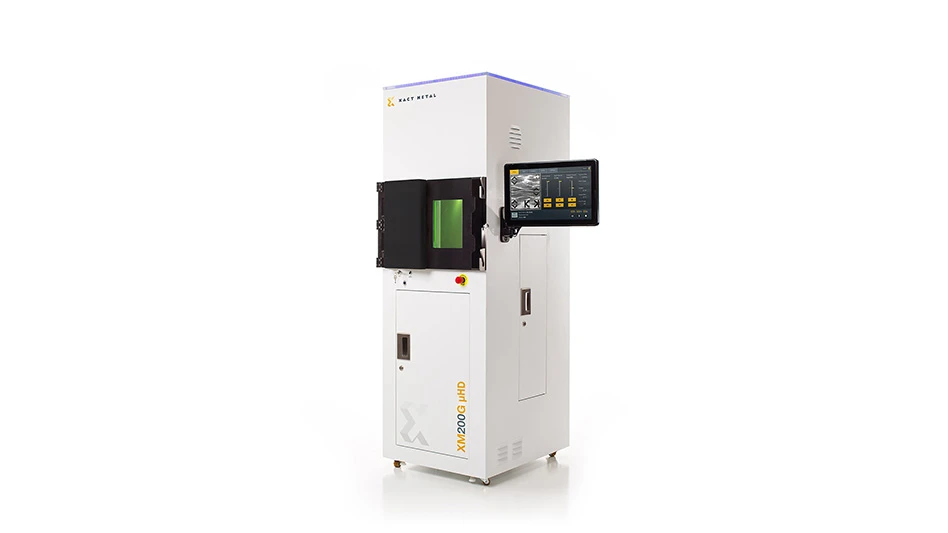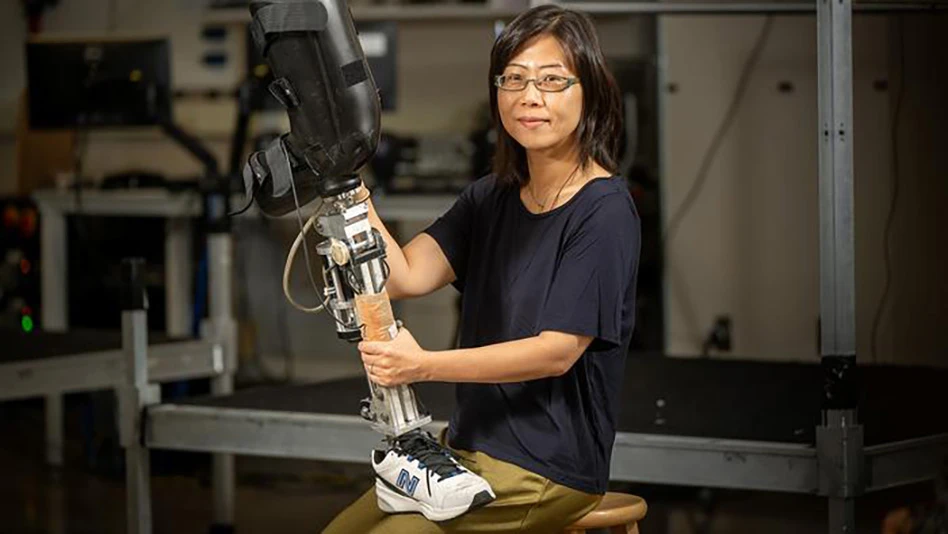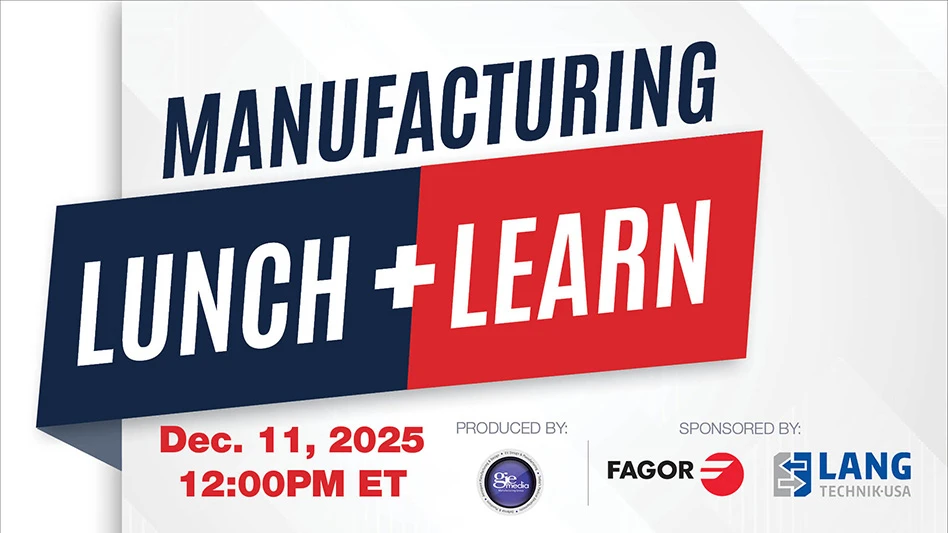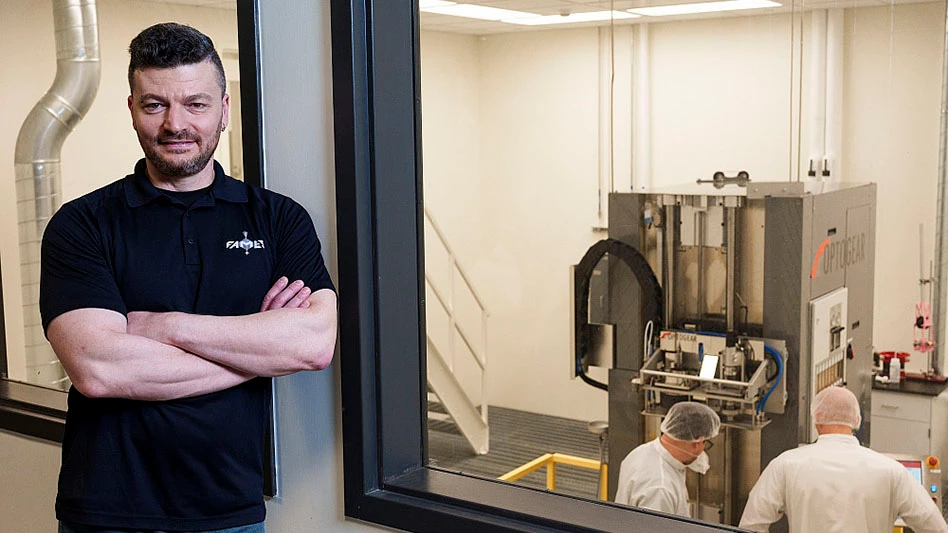 Materials scientists are continually working to develop new polymers and plastics for medical use. Additional work is being performed to formulate or combine existing materials in new and novel ways. These innovative materials have the potential to dramatically increase the durability, performance, or functionality of medical devices – but they don’t always work as expected in vivo. The complex chemical interactions of the body can cause unexpected failures as medical components age.
Materials scientists are continually working to develop new polymers and plastics for medical use. Additional work is being performed to formulate or combine existing materials in new and novel ways. These innovative materials have the potential to dramatically increase the durability, performance, or functionality of medical devices – but they don’t always work as expected in vivo. The complex chemical interactions of the body can cause unexpected failures as medical components age.
How can medical device engineers predict performance for new materials? Battelle is applying advanced analytical methods to accurately predict performance in real-world conditions and developing processing methods to derive new functionality from old, validated polymers – thereby reducing the risk of introducing new materials in medical applications.
Promise of new polymers
New materials have made significant contributions in the medical field – from offering lower cost or reduced processing complexity to providing an enabling or transformational performance. A few examples include:
Resorbable polymers: Resorbable polymers – including polylactic acid, polyglycolide, and polylactide-co-glycolide – are used in applications such as sutures, wound healing, degradable implants, and drug delivery. Synthetic biodegradable polymers were first used as degradable sutures more than 40 years ago, and are now preferred over natural materials such as catgut, due to their high tensile strength, knotting ability, smoothness, and cost. These materials have shown tremendous utility in other in vivo applications, owing partly to the breadth of performance that can be achieved from changing comonomer distribution, interaction with active ingredients, and processing conditions.
Cycloolefin copolymers: Cycloolefins are related to common medical polymers such as polypropylene, but possess some unique properties that make these polymers the material of choice, including low moisture absorption, high optical transparency, high thermal stability, and thermal processability (e.g., injection molding, extrusion, and compression molding). One example is its use in syringes to replace glass. This application has been very important for the emerging biologics industry because cylcoolefin copolymer syringes eliminate the need for silicone lubricants, which have been found to cause aggregation of protein formulations.
Anti-biofouling and/or anti-microbial treatments: Emerging materials include anti-biofouling and anti-microbial surface treatments that reduce non-specific binding of cells or microbes to the surfaces of diagnostics or implants. Traditional antimicrobial systems were often coating formulations that released a biocide over time. Newer materials are taking advantage of surface energy and topography effects that control how biological materials interact.
|
PVC successes and failures Polyvinyl chloride (PVC) has been used in medical devices for more than 50 years, and almost one-third of plastic-based medical devices are made from PVC. Developed as a replacement for natural rubber and glass due to its low cost and high performance, PVC enabled manufacturing of single-use devices. It is primarily used as flexible containers and tubing for handling blood or urine, as well as rigid substrates for diagnostics. PVC is formulated with plasticizers that provide the flexibility needed for many applications, and it may contain other processing aids, as well. Despite its prominence, Battelle worked with many customers who have had failures related to this material. In general, the failures have been linked to the changes in the handling or the processing conditions, including minor changes to the processing aids at the suppliers’ end. Processing aids are often added to plastic formulations to enhance flow, melt stability, mold release, and surface appearance. Any changes that influence the surface energy and topography of the material will modify subsequent interactions with the device. Researchers at Battelle have seen changes to the surface manifest into differences in how the material responds to moisture fluctuations, sometimes leading to cracking, and how the material interacts with analyte solutions, sometimes leading to phase separation within the solution. Companies frequently carry out process failure mode effects analysis (PFMEA) prior to launch, but do not include team members with experience in physical chemistry of materials who can identify potential risks of cleaning, processing, and storage steps on molecular aging mechanisms. |
Device developers may also be forced to look for replacement materials as regulations change. Concerns about the endocrine disruption risk posed by phthalates, for example, may lead to a ban in Europe. Environmental concerns could pose problems for other existing materials as well. Finding replacement materials that reduce health or environmental risks without compromising device performance presents a considerable challenge.
New materials, new challenges
Whether it is for new functionality or replacing materials to comply with new regulations, the challenge for engineers is predicting how a new material will function in vivo. In general, device developers often have sufficient data to make good selections with regard to cytotoxicity or presence of toxic impurities. However, there is often insufficient data about the physical properties of the material over the usage range.
In polymers, the physical properties are dependent on both the chemical and physical structures present. Many important polymers are semi-crystalline or amorphous, or even blends of two polymers. The organization of phases within the polymer, the local conformations present in the amorphous phase, and the structure of the materials at the surface are critical to influencing physical properties such as strength, moisture absorption, protein adsorption, and flexibility. At the same time, characterization of these physical properties is challenging, particularly in relevant conditions. In addition, the cost of failure is high, as aging can lead to physical or chemical structure changes that cause critical operation failures.
Predicting in vivo performance
Battelle has developed advanced prediction and material aging methods to give engineers a more accurate prediction and characterization of material and device performance.
Atomistic modeling of new material candidates can predict multiple facets of performance. Once the company defines the desired performance specifications, computer modeling provides a less expensive and time-consuming way to narrow down the selection of candidate materials. One example is the development of new electrode gels that increase the conductivity of human skin, eliminating the need for abrading the skin before applying the electrodes and improving the patient experience during ECG testing. Battelle used modeling tools to predict the compounds that would rapidly permeate the skin, and then used testing to validate the predictions. This combined approach shortened the development time, and resulted in the development of a product that was a unique combination of previously known safe materials.
Life-cycle prediction uses accelerated aging methods to predict performance across the expected life of the device. Proper accelerated aging studies must be firmly grounded in knowledge of the mechanisms of how materials age under different exposure conditions – behavior certainly does not always follow a simple Arrhenius relationship. Our approach is to develop a mechanistic model for the failure rate under different kinds of stressors. Once the model is validated, we can run scenarios to predict failure rates under a variety of conditions.
For products already on the market, failure analysis can help to determine the precise cause of a product failure. Battelle researchers use a combination of material testing, microscopic evaluation, stress analysis, and other methods to diagnose the problem. Vibrational spectroscopy and rheology are two methods that are sensitive to local conformational changes, such as those observed during aging of amorphous phases. Battelle researchers frequently find that these simple and under-utilized methods provide the data to understand why and how failures occur.
A faster, safer way
The sensitivity of polymer properties to their physical structure can be used to create new functionality with generally recognized as safe (GRAS) components. This allows device manufacturers to take advantage of the benefits of new materials sooner. A few examples currently being explored include:
|
About Battelle At major technology centers and national laboratories around the world, Battelle conducts research and development, designs and manufactures products, and delivers critical services for government and commercial customers. Headquartered in Columbus, Ohio, since its founding in 1929, Battelle serves the national security, health and life sciences, and energy and environmental industries. |
Mucoadhesives via formulation: Design of a material with good adhesion to a mucosal layer is complicated, as many of the properties that help a material adhere also act to make it difficult to apply. Battelle has developed formulations that meet these conflicting requirements, while using GRAS materials, and meeting the desired cost target.
Controlled release via morphology control: Many active materials need to be protected from the environment, either during delivery, or for a period after delivery, before the activity is required. Developing such a controlled release system not only requires knowledge of how to protect the active material without reducing its efficacy, but also how to design the encapsulating material to release quickly and efficiently when the proper stimulus appears. Battelle investigators have extensive experience in all aspects of formulation and controlled release, for both biological and small-molecule active materials. The research often takes advantage of processing approaches that optimize the morphology between the active ingredient and other phases.
Wetting/adhesion via surface topography: One of the most exciting areas in medical materials is the explosion in the numbers and types of surface coatings that can modify the interface between the substrate and biological materials. Depending on design, this coating can discourage growth of biofilms, increase lubricity, or improve adhesion between two components of a device. Surface chemistry and topography are critical to achieving these functions. At the same time, identification of low-cost, reproducible surface structure is critical to translation to commercial applications. Battelle has a long history in designing coatings that are robust while providing all the required functionality and safety.
Cell culture/tissue engineering via 3D architecture: Synthetic polymers with 3D microscopic architecture are proving important in cell culture, to replace 2D methods of growing cells (i.e., Petri dish) and in tissue engineering, to create synthetic extracellular matrices that serve as scaffolds for tissue growth. These applications build on the importance of mesoscale structure in determining specific cell attachment, spreading, and growth. In some applications, hybrid inorganic-organic structures are important. Key translation challenges are processing methods that yield appropriate surface chemistry, surface topography, and 3D architecture of the synthetic construct.
By applying new methods and technologies with the appropriate mechanistic studies, device designers can substantially reduce the time, cost, and risk of integrating new materials into medical devices.
Battelle
www.battelle.org
About the authors: Amy Heintz is a senior research scientist at Battelle and may be reached at heintza@battelle.org or 800.201.2011. Steven Risser is a research leader at Battelle and can be reached at rissers@battelle.org or 800.201.2011.

Explore the April 2014 Issue
Check out more from this issue and find your next story to read.
Latest from Today's Medical Developments
- GrindingHub Americas launches in 2027 in Cincinnati, Ohio
- Methods Machine Tools now offers the Nakamura-Tome NT-Flex
- Battelle awards $900,000 in STEM education grants to Ohio schools
- #55 Lunch + Learn Podcast with KINEXON
- Starrett and Gerstner offer limited edition, American made 1950s replica wooden machinist tool chests
- EMCO’s UNIVERSALTURN 50: The new benchmark in universal turning
- Archetype's Expertise for Equity accelerates early-stage innovation
- Stratasys expands its AM solutions with Tritone's cutting-edge technology





